Humans news stories

Researchers analyzed Stonehenge’s Altar Stone and determined that its chemical makeup is similar to that of stones found in northeastern Scotland. The finding is part of a new study published Wednesday (Aug. 14) in the journal Nature.
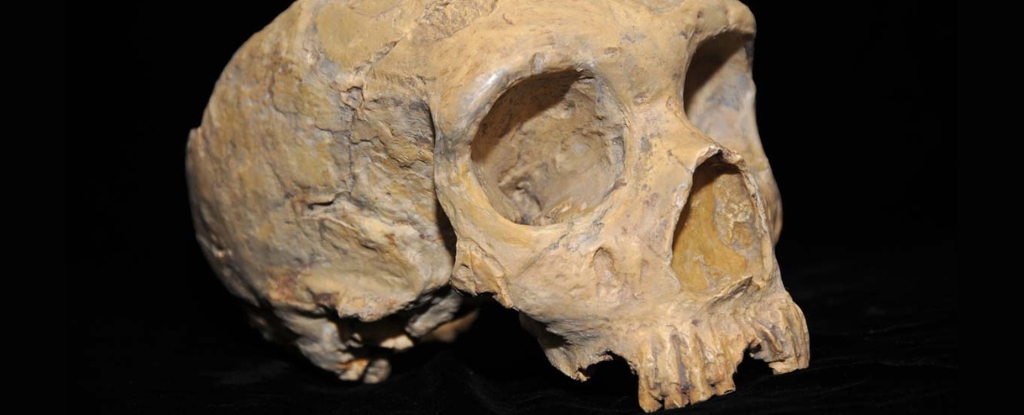
The excavation of a recently discovered rock shelter site called Abric Pizarro has turned up thousands of artifacts dated to between 65,000 and 100,000 years ago, including stone tools and animal bones that can tell us a lot about the Neanderthal way of life during a period for which few remnants remain. The research has been published in the Journal of Archaeological Science.
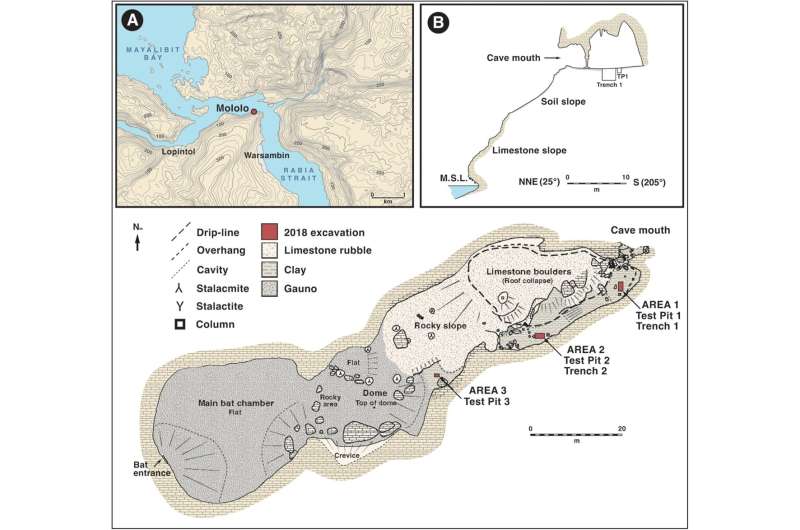
In the deep human past, highly skilled seafarers made daring crossings from Asia to the Pacific Islands. It was a migration of global importance that shaped the distribution of our species—Homo sapiens—across the planet…For the first time, our new research published in Antiquity provides direct evidence that seafarers traveled along the equator to reach islands off the coast of West Papua more than 50 millennia ago.
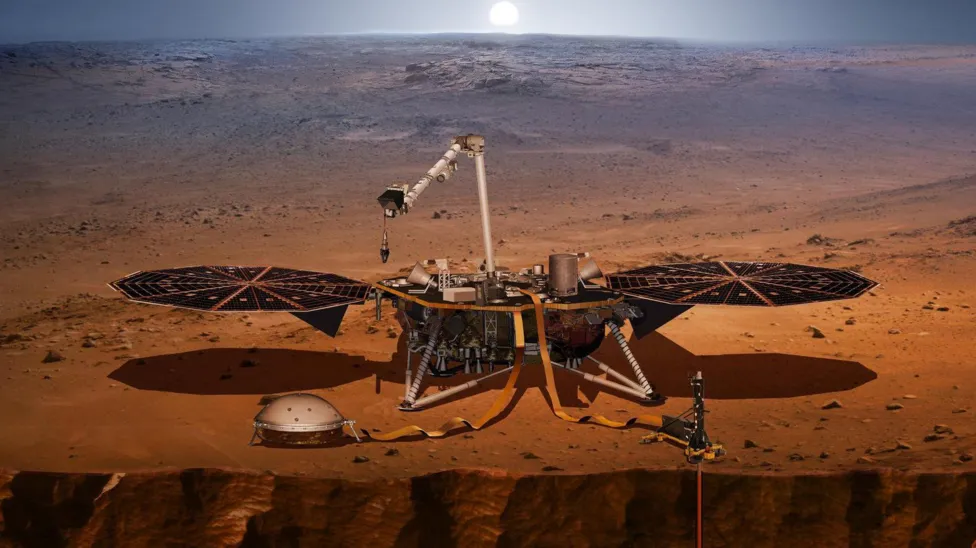
Scientists have discovered a reservoir of liquid water on Mars – deep in the rocky outer crust of the planet. The findings come from a new analysis of data from NASA’s Mars Insight Lander, which touched down on the planet back in 2018.

New research from the University of Southern California shows that cannabis might help some people stop or cut down on their opioid use.

In stark contrast to the severe environmental destruction that we see all around us, our excavations reveal the ancestral Maya’s profound respect for nature and animals.

Resin is solidified tree sap. The resin artifact was dated with the University of Oxford’s radiocarbon accelerator to about 55,000 to 50,000 years ago. The archaeologists don’t suggest it was art. They suggest it was the prehistoric version of a matchstick.
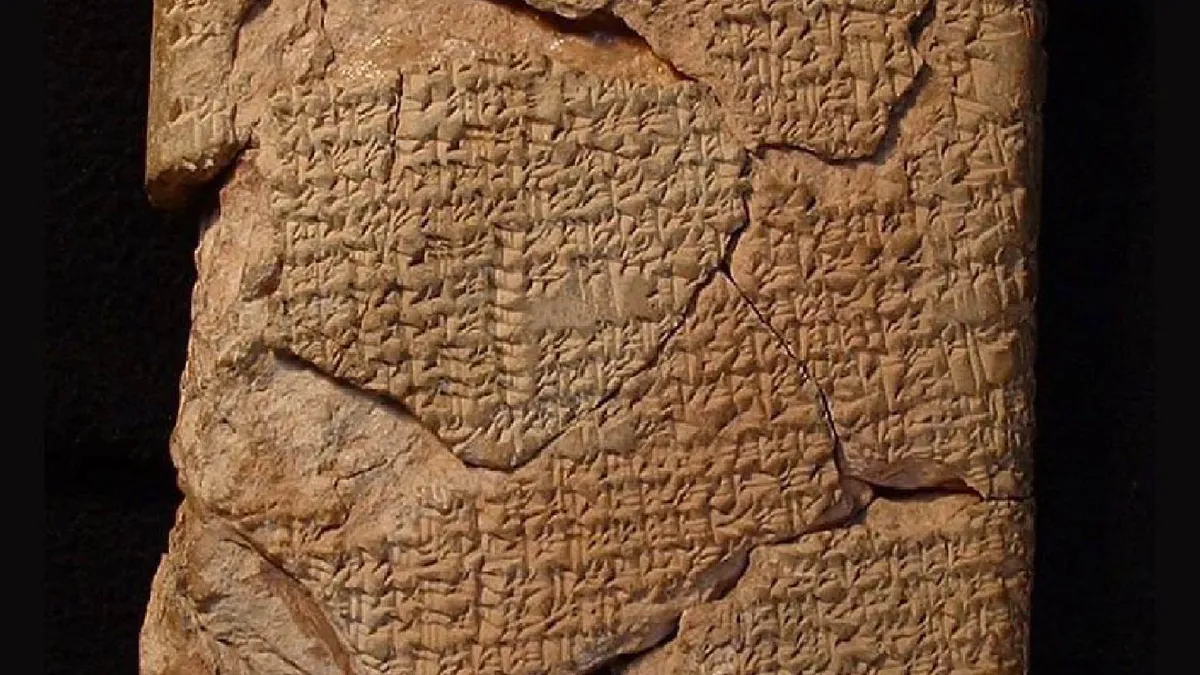
Scholars have finally deciphered 4,000-year-old cuneiform tablets found more than 100 years ago in what is now Iraq. The tablets describe how some lunar eclipses are omens of death, destruction and pestilence. See the paper published recently in the Journal of Cuneiform Studies.
Ketamine treatment not only alleviates symptoms of treatment-resistant depression but also enhances social pleasure and empathetic behaviors, according to new research published in the American Journal of Psychiatry.

Some with terminal cancer have said psilocybin helped them confront death. But how that happens is still unclear
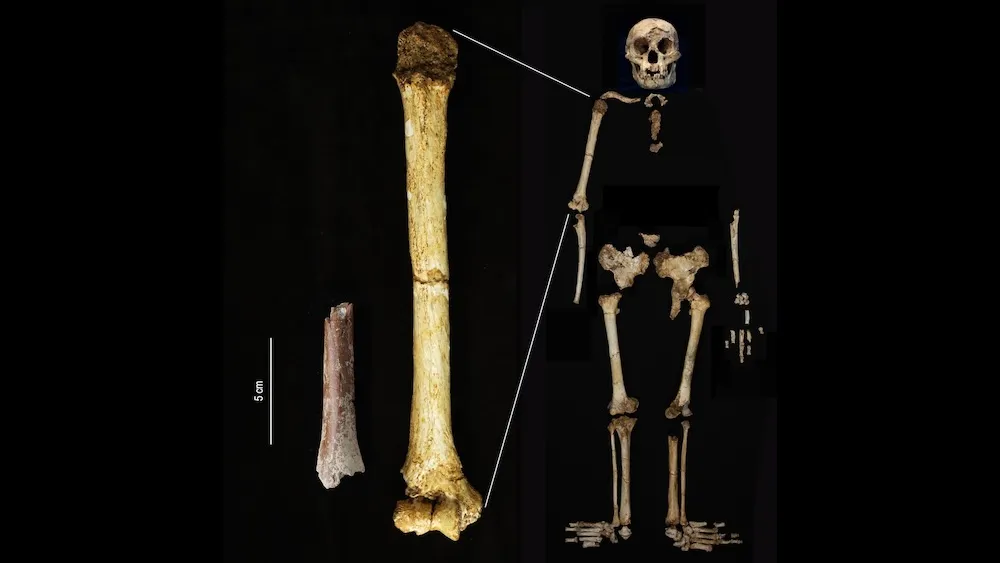
The 700,000-year-old fossilized remains belonged to Homo floresiensis, an extinct species of exceedingly small humans that once inhabited Flores, an island south of mainland Indonesia, according to a study published Tuesday (Aug. 6) in the journal Nature Communications.
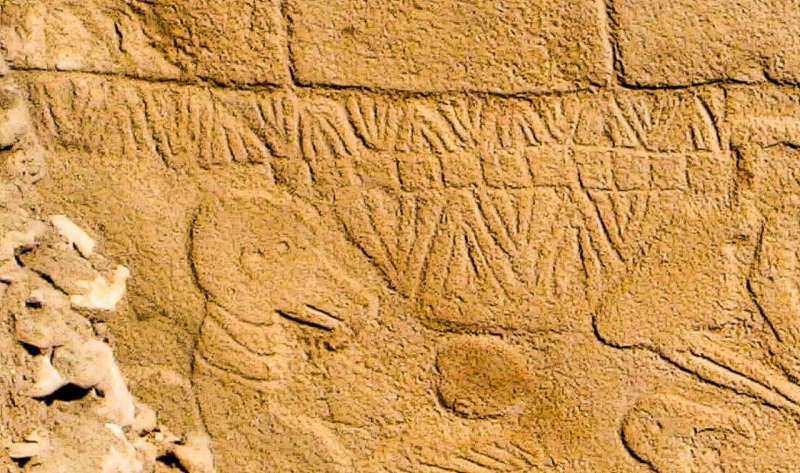
Markings on a stone pillar at a 12,000-year-old archaeological site in Turkey likely represent the world’s oldest solar calendar, created as a memorial to a devastating comet strike, experts suggest. The research was published in Time and Mind.
:focal(1750x1175:1751x1176)/https://tf-cmsv2-smithsonianmag-media.s3.amazonaws.com/filer_public/97/36/973642de-8855-4633-93eb-3facdabad0ea/gettyimages-853018002.jpg)
But now, in a study published in July in the journal Science, researchers suggest Homo sapiens migrated from the African continent in several waves, interbreeding with Neanderthal populations as early as 250,000 years ago.
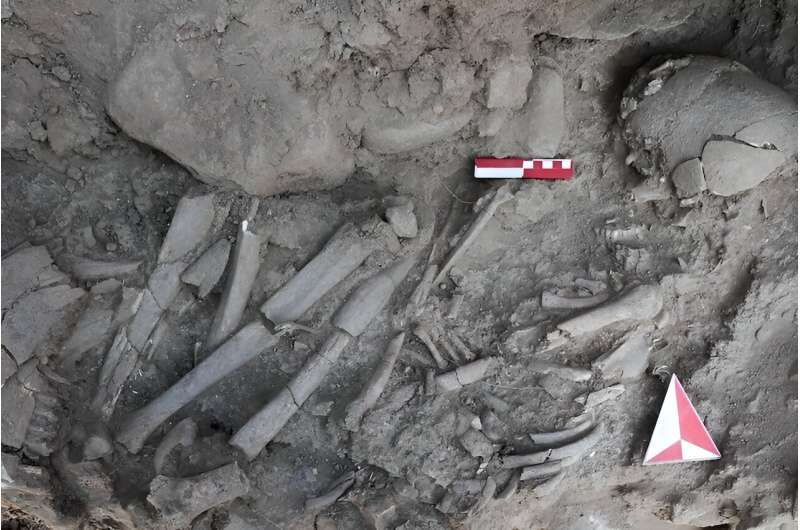
A small team of archaeologists in the Republic of Türkiye has identified a woman who was buried approximately 12,000 years ago in a neolithic settlement now called Çemka Höyük as a possible shaman. Their paper has been published in the journal L’Anthropologie.
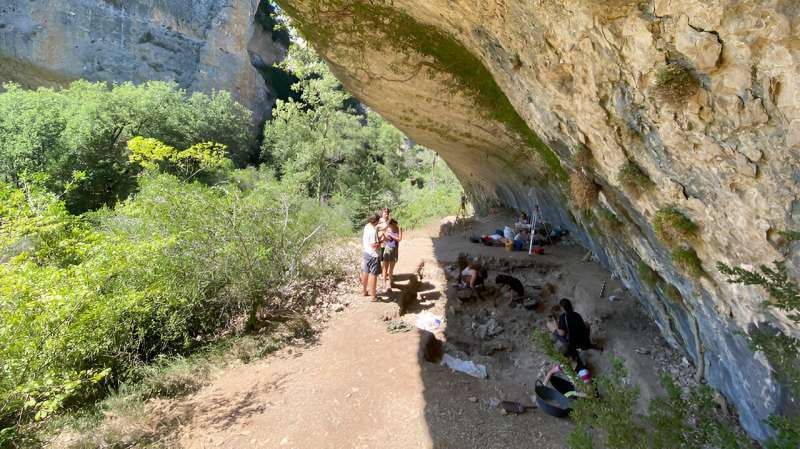
Researchers from the UAB and the University of Zaragoza who have carried out the first extensive excavation campaign of the Huerto Raso site (Huesca) have made new discoveries that reinforce the hypothesis of its occupation during the ancient Neolithic, more than 7,000 years ago.
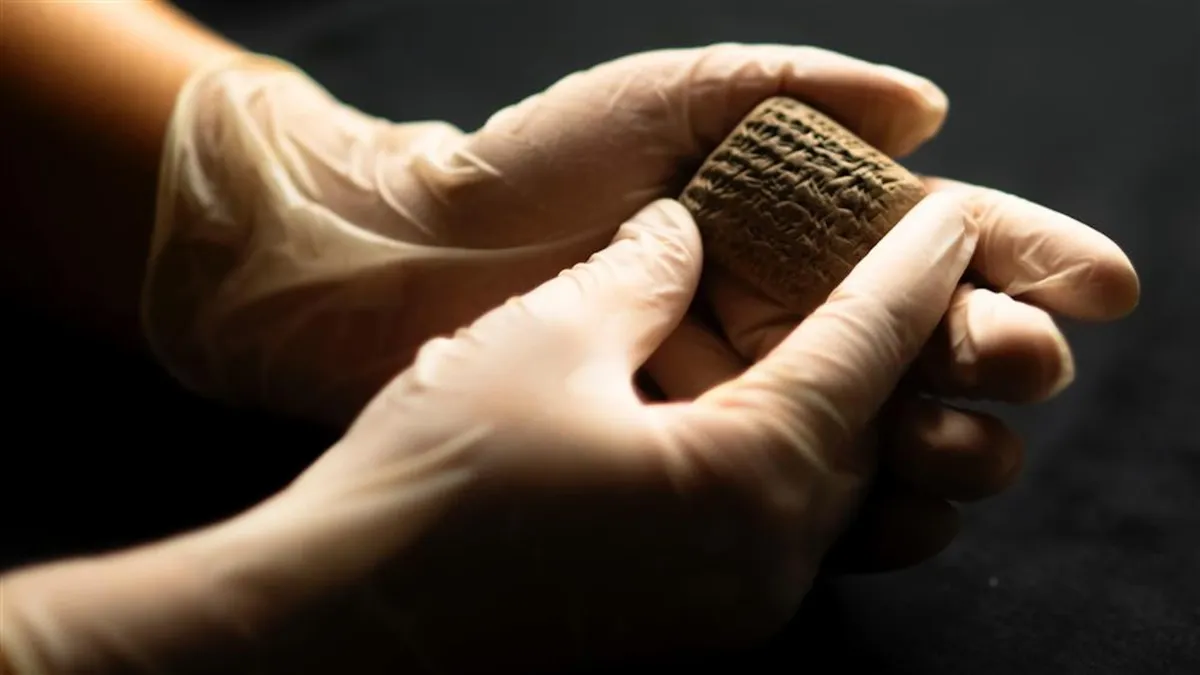
Archaeologists in Turkey have discovered and deciphered a 3,500-year-old clay tablet, finding that it details a shopping list for a “large amount” of furniture that’s not so different from today’s inventory.








